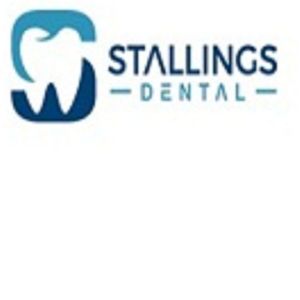The Five Steps of an Expert dental cleaning St LouisPosted by Jessica Williams on September 2nd, 2022 A lot of individuals dislike seeing the dentist. This is understandable given the strange noises, prodding, and somewhat uncomfortable jaw. However, being aware of what happens during the cleaning process can commonly make the experience less stressful for you. Even though each dentist's cleaning method is different, you should reasonably anticipate the following throughout a dental cleaning treatment.
The dental hygienist will physically inspect your mouth before starting the cleaning. The dental hygienist will use a small mirror during this quick examination to look at your teeth, gums, and entire mouth. The oral examination aims to look for indications of infection, decay, or other dental issues. If your hygienist discovers a serious issue, she will ask a dentist to determine if the dental cleaning should go on. 2.Scaling Using a dental scalar and a small mirror to help them, your dental hygienist will then remove the tartar from between your teeth and along the gum line. Although you will hear scraping, you can relax because this is natural. The dental hygienist will take longer to scrape a single location if there is a lot of tartar growth in your mouth. 3.Deep Cleaning and Polishing by Professionals Your hygienist will use a strong electric toothbrush to brush your teeth after scaling to eliminate any remaining tartar after your teeth are free of it. Prophylaxis paste is a special type of toothpaste used by dental professionals to clean teeth. The gritty texture of the toothpaste cleanses and polishes teeth. Like regular toothpaste, prophylaxis paste has a similar flavor and aroma. You can be given the option to specify the flavor of the paste by your hygienist. This process is essential and takes the most time. Be prepared for some loud noises. You'll experience a slow grinding motion on your teeth and hear the electrical brush grinding. The treatment is simple and painless, though. 4.Rinsing The next step is to rinse your mouth to get rid of any leftover tartar. Your dental hygienist will either give you a solution that contains liquid fluoride to rinse your mouth or will spray water into it. 5.Flossing properly Whether you floss or not, using professional floss has its benefits. Your dentist will floss your teeth to get rid of any remaining plaque and paste. Your dental hygienist could also highlight any trouble spots in this stage that need further care. To assist, the hygienist could recommend particular flossing methods. Your hygienist will also use a little brush to apply fluoride varnish to your teeth in addition to the frothy gel. After that, use water to rinse away any extra fluoride. After treatment, refrain from eating or drinking for at least 30 minutes to allow the fluoride to absorb. Your dentist will do the final examination when the hygienist has finished the mentioned stages. Depending on what they find in your mouth, the dentist may decide to do additional operations. At least twice a year, visit your dentist for routine teeth cleaning. For more details visit: https://stallings.dental/cleanings-prevention/ Like it? Share it!More by this author |


